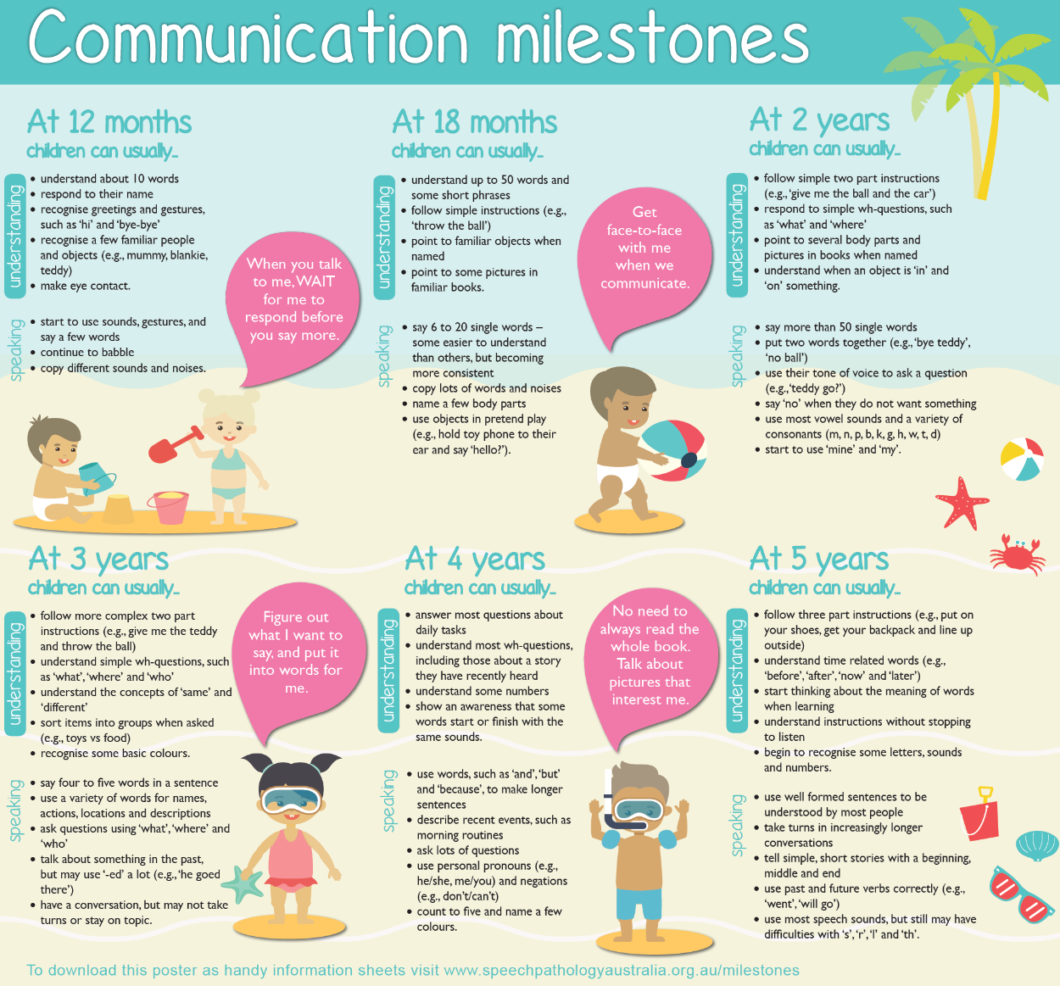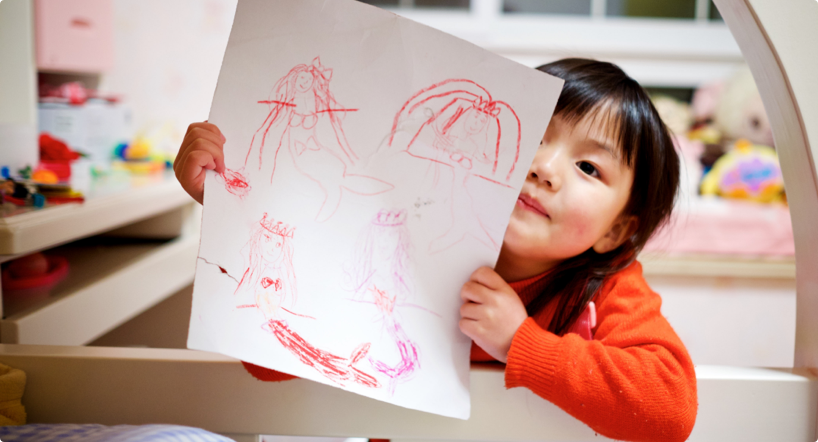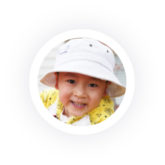Communication is our medium for connecting with the people around us, and as such, is a fundamental aspect of our lives. The development of communication skills in young children is vital so that they are able to express themselves, develop social relationships and learn about their world.
There are many different methods of communication, which have different levels of importance in different aspects of our lives. We often think of communication as being about talking, and it can be, but in reality, the definition is far broader; communication is simply the transmission of information from one person to another.
The Four Types of Communication
Communication can be divided into four main methods; verbal communication, non-verbal communication, visual communication and written communication.
Verbal Communication
Verbal communication is the primary method of communication for most adults, as we tend to find it the most intuitive, but it’s also one that takes children a little longer to learn. Verbal communication encompasses not only the content of what we are saying, but also the pitch and tone of our voice. Pitch is important to pay attention to for the window it provides into the speaker’s emotional state, and tone is instrumental in conveying familiarity.
Non-Verbal Communication
Non-verbal communication often occurs both intentionally and unintentionally. It includes facial expressions, body language, eye contact, gestures and physical touch. We often use non-verbal communication to interpret how a person is feeling in a situation, for example someone fidgeting with their hands and looking at the floor could be a sign of nervousness, and also to provide reassurance, like giving your child a hug.
Visual Communication
Living in the digital age, visual communication has become more relevant in our lives than ever before. Visual communication includes things like photos, videos, charts, graphs, infographics, art and even emojis and GIFs. Most people are aware of the high value of visual communication in professional or educational settings through experience, such as being able to understand and interpret a dataset more easily when it is visually represented in a chart, or cementing one’s learning of anatomy through diagrams being more effective than written or verbal explanations. It’s also really important for kids too, for example in picture schedules, illustrations in books and weather charts.
Written Communication
Effective written communication is a difficult skill to master, as is lacks the multitude of cues we are able to utilise in verbal communication. For young children, this will be the least relevant kind of communication as they are not yet able to read and write, but exposure to it is still very beneficial through books, letters and cards.
The Timeline of the Development of Communication Skills in young Children
All children develop at their own pace, and that’s okay! Each and every person is unique and will learn things at different times and in different ways, however it is helpful to understand the progression of fundamental communication skills. Milestones are only guidelines, but they’re a helpful tool to help people pick up on when a child isn’t quite at the expected level, which allows early interventions to be put in place if needed.
The infographic below is from Speech Pathology Australia, and is a great resource for understanding typical developmental milestones for children’s communication skills.

How to Help Young Children Develop their Communication Skills
Here at Choklits Child Care and Kindergarten, we understand what a critical time period young children are in for the development of communication skills, which is why we weave opportunities for teaching language, both emotional and literal, and positive communication throughout our curriculum every day. Here are some of the ways we promote the development of communication skills in young children at our centre.
- Creating a rich and interesting environment where kids are immersed is really important for encouraging communication, as it allows them to pick up language and vocabulary naturally, which is both more enjoyable and more effective than having structured lessons.
- Children learn better when they’re having fun and feeling successful, so proving opportunities for success is really important to us. We model age-appropriate communication to encourage children to engage with their peers during play to get what they want out of a situation.
- We promote letting children be the masters of their own play and always highlight their victories, i.e. the things they can do and the things that they know, rather than those they haven’t mastered yet.
- Helping the children to feel comfortable conversing, particularly those who are still solidifying their confidence in talking, through positive, trust-based relationships. We don’t worry about kids making up their own words, or feel the need to correct them for made-up words or incorrect grammar, as its all part of the learning process.
- Rather than correcting children’s mistakes, our educators model appropriate communication and language to promote the continuation of the conversation, for example, if a child says “Claire gived me a truck”, a response might be “it’s wonderful that Claire gave you the truck”. This not only reinforces understanding but ensures the child feels listened to.
Activities to Support Children’s Communication Skills
Communication is such an important skill for young children to develop, and is especially wonderful to watch the progression as it allows them to express themselves and make more meaningful connections with the people around them. Communication is a very intuitive part of our lives, meaning that we don’t really have to think much about it, so it can be valuable to take the time to intentionally think about how we can promote it for our children. Here are some easy ideas for how you can support the development of your child’s communication skills at home:
- Singing songs and nursery rhymes together
- Playing I spy with adjective clues, for example, “I spy something yellow”, “I spy something soft” or “I spy something that says meow”
- Narrating things as you do them is very common for parents, and is so beneficial for kids’ communication and vocabulary development! Talking about what you’re doing as you cook or get dressed is an easy way to start with this one
- Doing show and tell at home, for example, going on a walk around the back garden or park and finding interesting objects, then describing them
- Weather charts with picture icons are great for letting kindy kids select what the weather is like today and display it. This is a great conversation starter to build understanding about the weather and also helps children to associate the words and symbols with the actual event (for example making the connection between ‘sunny’, a sun icon and how a warm day feels)
- Asking open ended questions to encourage explanation and description, like “tell me about your picture”
- Encouraging them to recount an event or tell you a story, then writing down the story for them, drawing pictures about it together and then reading it back to them
- Capitalising on opportunities to explore ‘what if’ questions and encourage imagination, for example “where do you think that bird might be going?”
Knowing how important the development of communication skills is in young children, you can be assured that here at Choklits Child Care Centre our educators are aware of the level of every child’s communication abilities and they will be assisting each child to further develop their communication skills based on how each individual child best learns and enjoys learning.



